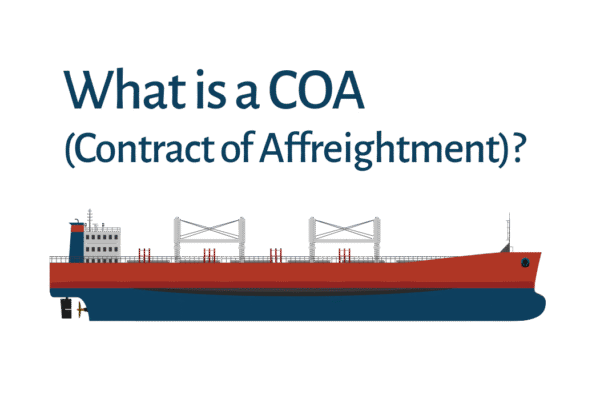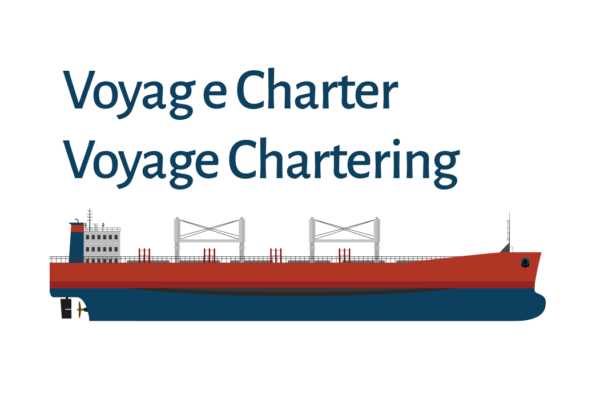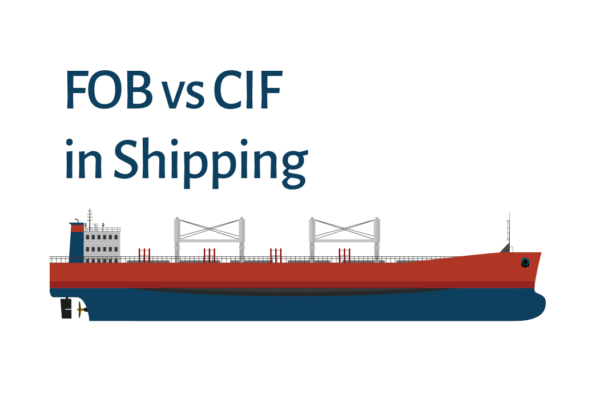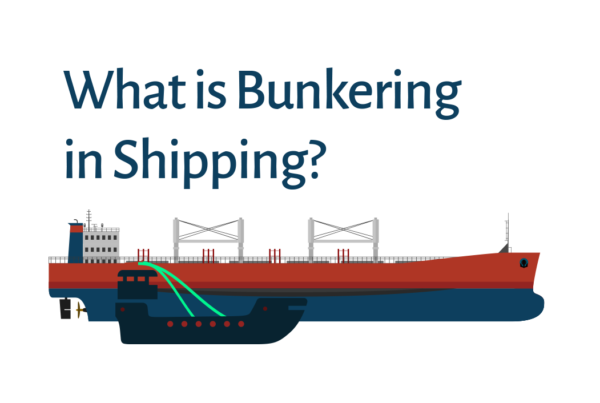Deadfreight is the freight amount for the non-provided cargo by the charterers. It is a payment a charterer must make to the shipowner. This happens when the charterer does not provide the agreed cargo amount. Deadfreight claim occurs when the charterers do not utilize the agreed cargo capacity outlined in the charter party agreement.
This compensation offsets the lost revenue caused by the unused cargo space. Deadfreight clauses protect shipowners from financial losses and ensure accountability in shipping contracts.
In scenarios where freight is paid as a lump sum, deadfreight becomes irrelevant since the charterer pays a fixed amount regardless of how much cargo is loaded.
What is the rate of Deadfreight?
Metric Ton of Cargo not Loaded On Board
Some charter parties, such as ASBATANKVOY and ASBAGASVOY, set a deadfreight rate. This means the claim is fixed and payable at that rate. It does not matter if the owners save costs.
In contrast, standard forms like GENCON 1994 do not specify a deadfreight rate. In such cases, the owner’s claim is unliquidated and calculated based on the freight that would have been earned on the shortloaded cargo, minus any saved expenses.
If the cargo quantity in the charter is a range (e.g., “50,000 MT – 55,000 MT”), the minimum quantity is considered the contractual requirement. For example, in this case, the charterer is only obligated to load 50,000 MT, and the owner’s claim is based on this lower quantity, leading to a smaller compensation amount.
How is Deadfreight Calculated?
The calculation of dead freight is straightforward:
Agreed Cargo Capacity: Identify the quantity of cargo agreed upon in the charter party.
Actual Cargo Loaded: Measure the cargo loaded after completion.
Shortfall: Subtract the actual cargo loaded from the agreed cargo capacity to find the unused space.
Freight Rate: Multiply the shortfall by the freight rate specified in the agreement.
For instance, if the agreed capacity is 5,000 tons and only 4,000 tons are loaded, the remaining 1,000 tons will be subject to the freight rate to calculate dead freight owed.
Below, you will find a user-friendly Deadfreight Calculator designed to streamline the process of calculating compensation for unused cargo space. This tool allows shipowners and charterers to input essential details like the minimum agreed cargo quantity, actual cargo loaded, and freight rate per ton to instantly calculate the deadfreight amount.
By offering precise and transparent results, the calculator ensures smoother operations and prevents potential disputes between parties. It’s an essential resource for maritime professionals looking to manage shipping agreements effectively and confidently.
Deadfreight Calculator
Key Provisions in Deadfreight Clauses
Deadfreight clauses in charter parties clarify:
- Definition: What constitutes deadfreight.
- Freight Rate: The basis for calculating compensation.
- Payment Terms: The timeline and method of payment.
- Notification Obligations: Requirements to notify relevant parties about any shortfall in cargo.
These clauses minimize disputes and ensure transparency in handling deadfreight claims.
Conclusion
Deadfreight plays a crucial role in maritime shipping by safeguarding shipowners against lost revenue due to unused cargo space. By understanding and adhering to the charter party clauses, both shipowners and charterers can ensure smooth operations and avoid disputes. Accurate cargo planning and communication between the parties are essential for reducing deadfreight scenarios and maintaining efficient shipping operations.






